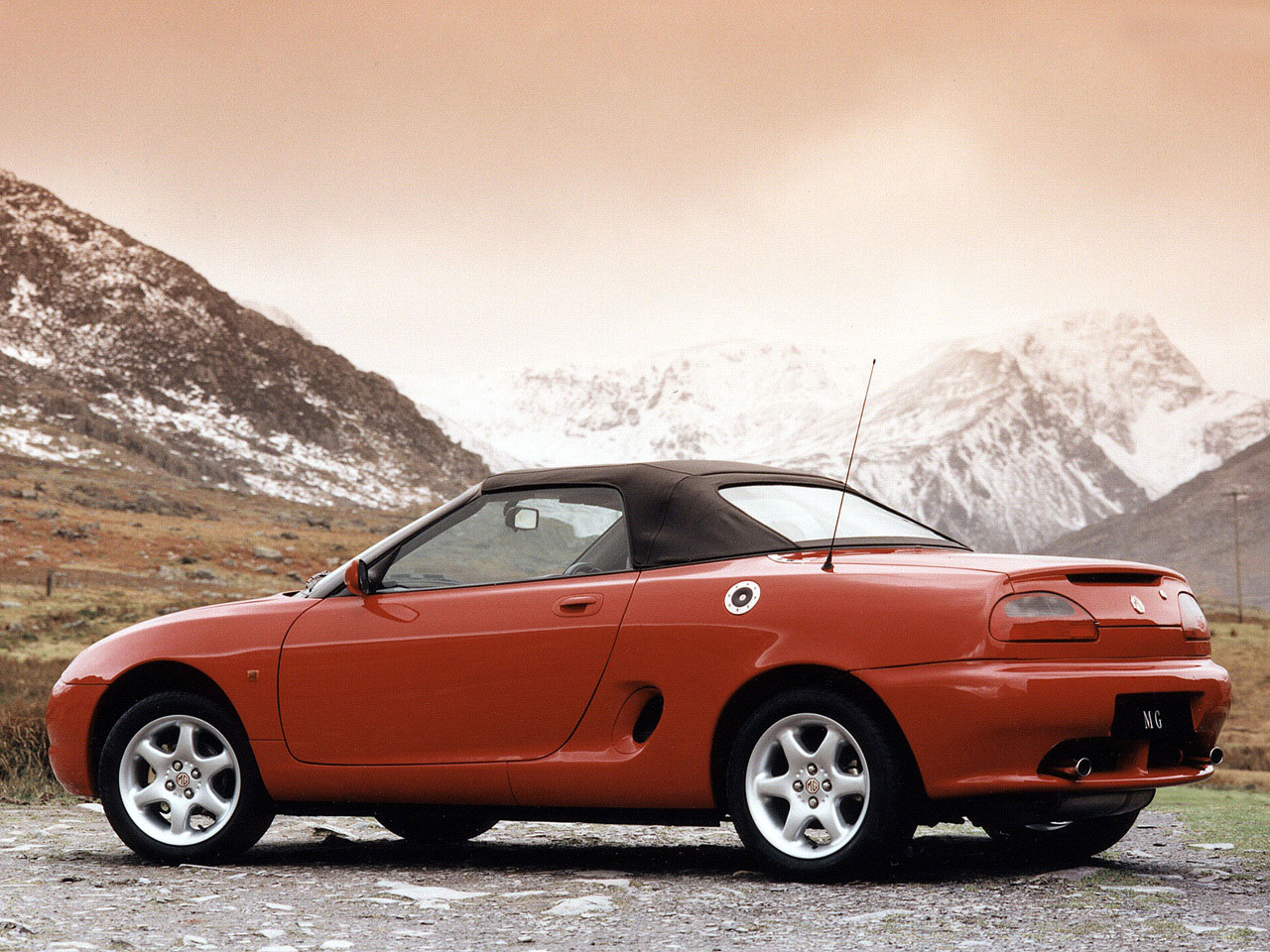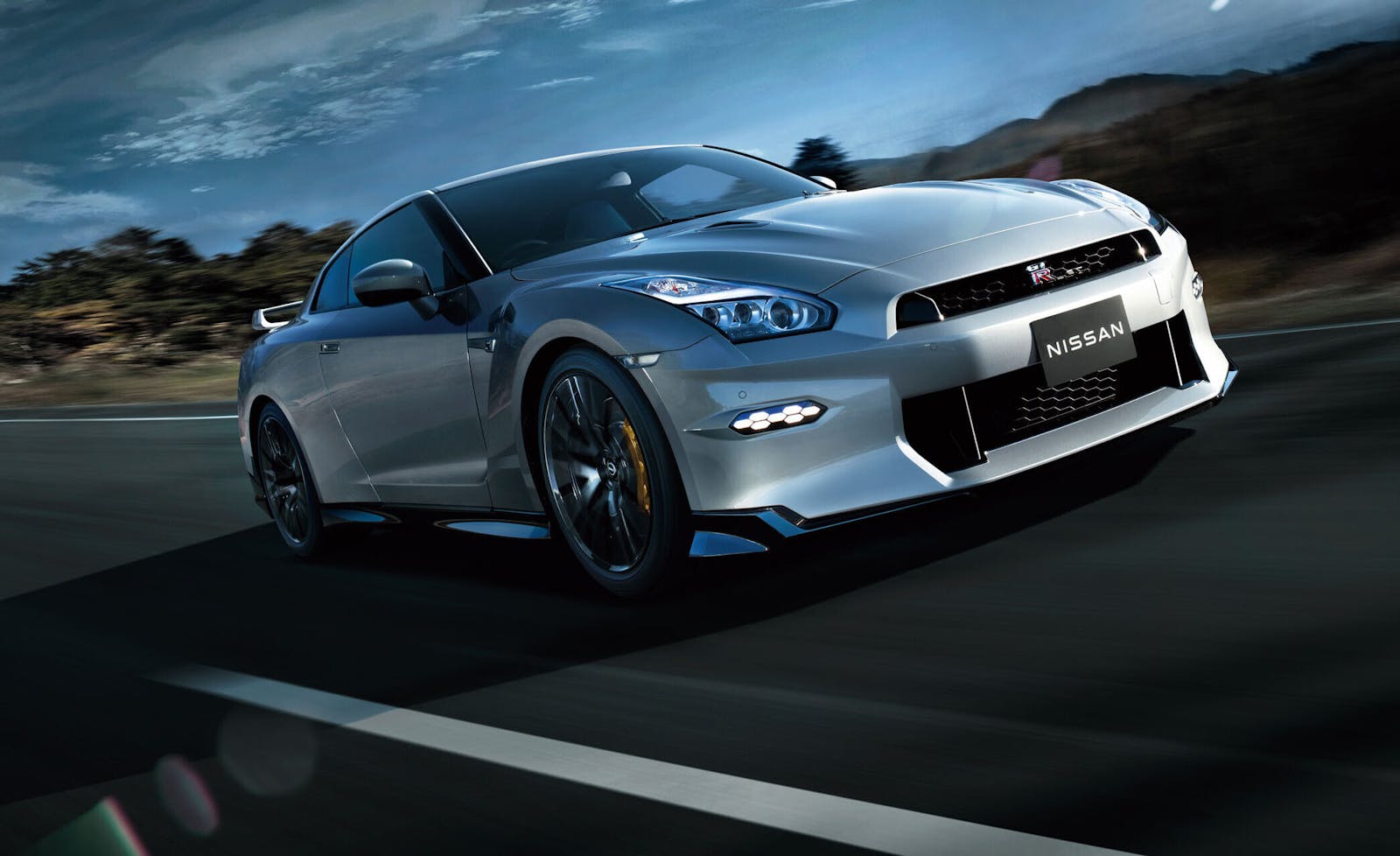Media | Articles
7 sweet cars you can import in 2020 under the 25-year rule
We know it all too well. That defeated sensation of irreconcilable envy you endure when you remember you can’t own the car of your dreams in the U.S., courtesy of our pesky federal import laws.
Yes, America’s infamous 25-year rule is a dastardly obstacle to importing any vehicle into the U.S. that was sold inside that time span. Customs and Border Protection officials require the Environmental Protection Agency’s 3520-1 form and the Department of Transportation’s HS-7 form for any vehicle that you intend to register on our shores from abroad; the EPA offers an exemption for engines 21 years or older, while the DOT form requires vehicles be 25 years or older.
Exemptions are granted according to a car’s production date, rather than model year, which means there is a rolling list of vehicles that become newly eligible throughout a given year. Here are seven cars we’ve had our eye on for a while, each of which will be viable for import under the 25-year rule in 2020.
1995 Nissan Skyline GT-R (R33 generation)

The R32 generation of the GT-R might be where Godzilla got its nickname, but the longer and heavier R33 that followed is nevertheless a serious sports car in its own right. Complete with its twin-turbo 2.6-liter straight-six and five-speed manual transmission with stronger synchros, the R33 improved on its predecessor with a stiffer chassis and improved aerodynamics. The lowered R33 V-Spec GT-R included stiffer suspension, plus an updated all-wheel drive system and active differential.
Marketplace
Buy and sell classics with confidence
Although it has a bit of middle-child syndrome, situated between the original R32 and the Fast and Furious-famous R34, the R33 boasts real racing pedigree that included a production lap record (under 8 minutes) for the Nismo model at the Nürburgring.
The R33 is also notable for breaking the long-held “gentleman’s agreement” among Japanese automakers to officially limit engine output to 276 horsepower, although in truth many sports cars exceeded that mark.
1995 Fiat Barchetta (Type 183)

This petite Italian roadster was developed as a fun alternative to affordable sports cars like the Mazda MX-5 Miata. Based on the Fiat Punto, the Barchetta was sold in left-hand-drive form only and, owing to its front-wheel-drive platform, benefits from a larger trunk than many cars in its competitive set. Its 1.8-liter four-cylinder engine, mated to a five-speed manual, features variable camshaft timing and produces 129 hp and 121 pound-feet of torque. The performance is not the point, though—just look at it! The Barchetta is all about style, with its colorful interior panels and well-designed instrument gauges. Those good looks do come at a price, though; Barchetta weak points include a susceptibility to rust, as well as a fiddly convertible top prone to leaks.
1995 Subaru Impreza WRX Prodrive (Turbo 2000)

Anyone who watched the World Rally Championship in the ’90s knows about driver Colin McRae and his dominant exploits behind the wheel of the Subaru WRX. (In the UK at this time, the WRX was known as the Turbo 2000.) For die-hard Subaru fans and rally historians, this UK-market Impreza Series McRae, prepared by tuner Prodrive, is a limited-edition temptation. To honor McRae’s WRC success, Subaru built 200 of these right-hand-drive models, complete with dark blue paint, 16-inch gold wheels, patterned Recaro seats, an electric sunroof, and a special serialized plaque on the interior. Mechanically, the Series McRae was very similar to the standard Turbo 2000/WRX, with a 208-hp, 2.0-liter flat-four, permanent all-wheel drive, and a limited-slip differential in the rear.
1995 MG F

Another roadster inspired by the success of the MX-5 Miata, the MG F was the first all-new MG model since the MGB. This 1.8-liter mid-engine four-cylinder convertible was very popular in the UK; the MG F isn’t especially sporty, but it is a comfortable and balanced little sports car that came in a variety of colors and interior trims. The supple ride is a result of a quirky Hydragas suspension, which utilizes displaced fluid and gas in a manner similar to the Hydrolastic suspension used on Minis in the 1960s. The MG F is reasonably quick, too, with a 0–60 time of about 6.9 seconds—due in large part to its lightweight construction. The mid-mounted 1.8-liter engine makes 120 hp in base form or 145 hp with variable valve control, but bear in mind that head gasket issues on these engines are relatively common.
1995 Alfa Romeo Spider and GTV

Roadster fever was, as you can tell, running hot in the mid-1990s. Alfa Romeo was keen to capitalize on the heritage of its long-lived Spider, albeit for the first time with a front-wheel-drive platform. The Spider debuted with a 150-hp, 2.0-liter twin-spark four-cylinder and a five-speed manual transmission, with V-6 power to follow in later model years. The hardtop GTV coupe came out of the gate with a 2.0-liter turbocharged V-6 good for 197 hp. The bodies of the Spider and GTV have held up well, and the only major concern to be wary of is the tendency of the belt tensioners on the four-cylinder engine to fail.
These cars are known for their stiff chassis and quick steering, but the biggest appeal here has to be the unabashedly ’90s Italian styling. Pininfarina did the exterior and designer Walter de Silva lent his hand to the interior. There are shades of the funky Alfa Romeo SZ in this design, and the look is starting to become endearing again—or even nostalgic.
1995 Holden HSV Clubsport (Commodore VS)

Ah yes, the Commodore—the thunder from Down Under. If you’ve been in dire need of V-8 power thus far in this list, wait no longer. This Aussie muscle box comes from Holden’s Special Vehicles division, complete with a 5.0-liter V-8 making 248 hp and 295 lb-ft of torque and paired with a four-speed automatic or five-speed manual transmission. This raw, beastly four-door came with vented front disc brakes and a limited-slip differential, too. You might not know it, but the Clubsport was even designed by Ian Callum, for whom you can thank for those deliciously ’90s three-spoke wheels. If you want a sleeper sedan with an angry, naturally-aspirated V-8 and right-hand drive, you can’t go wrong with this Commodore-based brute from the land of Oz.
1995 Honda Integra Type R

Other than the Skyline GT-R, this is probably the most lusted-after car on our list. It is the second Honda to wear the Type R badge, following the NSX-R badge in 1992, as well as the spiritual origin of the current Honda Civic Type R. Fans of Japanese tuner culture and high-revving engines admired this precision machine from afar, even before it later came to the U.S. as the Acura Integra Type R in 1997. Sold only in Championship White, the Type R took everything good about the sporty Integra and cranked it up—lighter weight, stronger brakes, stiffer suspension, helical limited-slip differential, shorter gearing, and a delightful B18C V-TEC four-cylinder engine that revs to about 8000 rpm. Honda essentially hand-assembled these cars, and the Japanese market models benefitted from a bit more power and stronger engine internals, yielding a 11:1 compression ratio compared to the 10:6:1 ratio in the U.S.-market Acura Integra Type R. The original Integra Type R is in incredibly high demand, and it is still considered among the best-handling front-wheel-drive cars ever made.
Which car are you most excited to see stateside in the coming year? Let us know below if one of your favorites made our list—and which cars you’d add.

